Africa Medical Devices Market Summary
As per Market Research Future analysis, the Africa Medical Devices Market Size was estimated at 4.73 USD Billion in 2024. The Africa Medical Devices industry is projected to grow from 5.066 USD Billion in 2025 to 10.06 USD Billion by 2035, exhibiting a compound annual growth rate (CAGR) of 7.1% during the forecast period 2025 - 2035
Key Market Trends & Highlights
The Africa Medical Devices Market is poised for substantial growth driven by local manufacturing and technological advancements.
- Local manufacturing initiatives are gaining traction, enhancing self-sufficiency in medical device production.
- Digital health integration is becoming increasingly prevalent, facilitating improved patient monitoring and care delivery.
- Regulatory reforms are streamlining market entry, fostering innovation and competition among medical device manufacturers.
- Rising healthcare expenditure and the growing prevalence of chronic diseases are key drivers propelling the demand for monitoring and surgical devices.
Market Size & Forecast
| 2024 Market Size | 4.73 (USD Billion) |
| 2035 Market Size | 10.06 (USD Billion) |
| CAGR (2025 - 2035) | 7.1% |
Major Players
Medtronic (US), Siemens Healthineers (DE), GE Healthcare (US), Philips Healthcare (NL), Johnson & Johnson (US), Becton Dickinson (US), Stryker (US), Abbott Laboratories (US), Roche Diagnostics (CH)
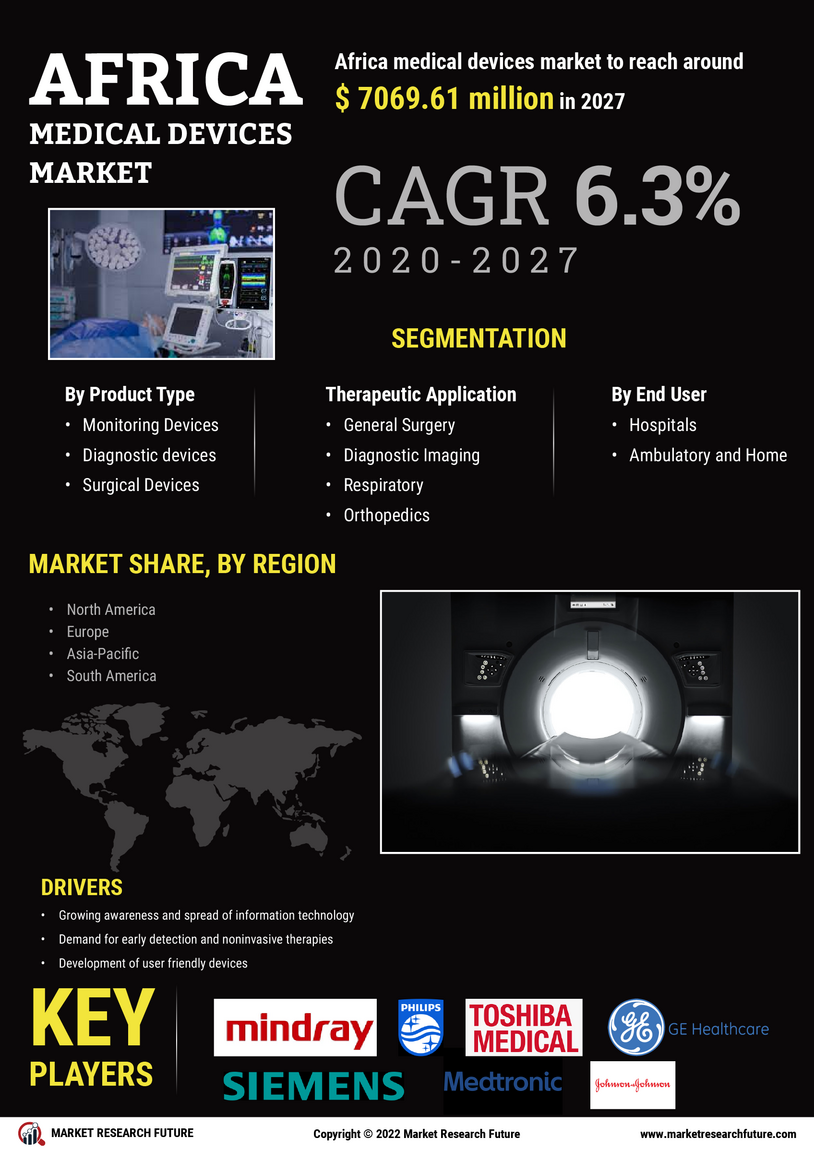

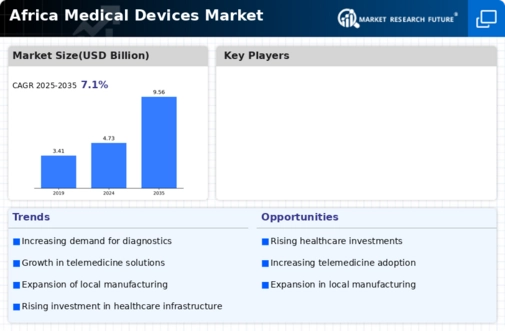
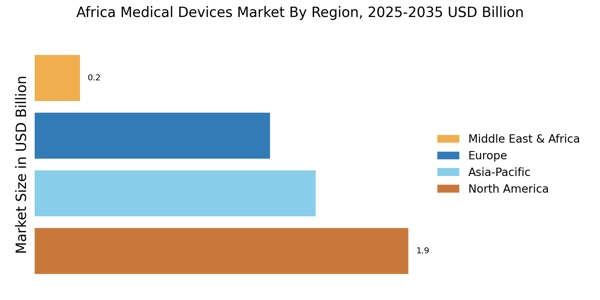
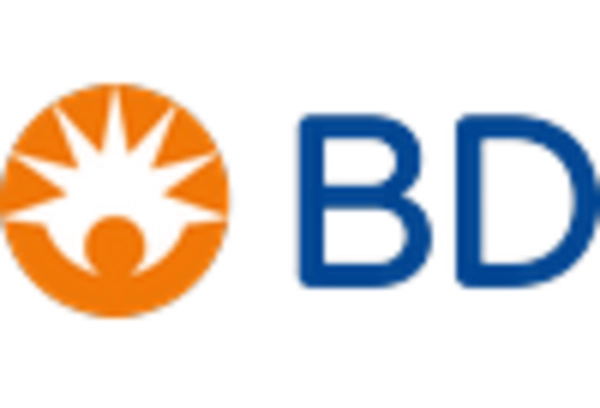
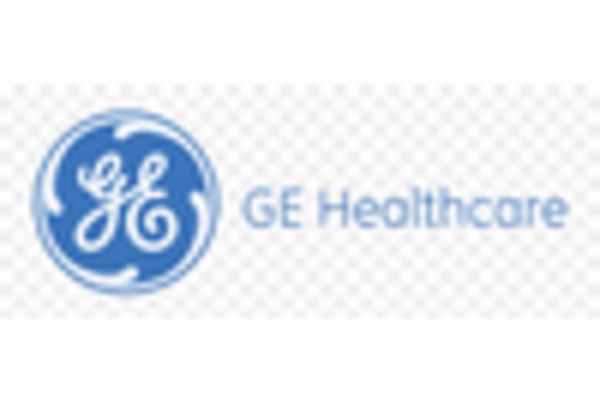
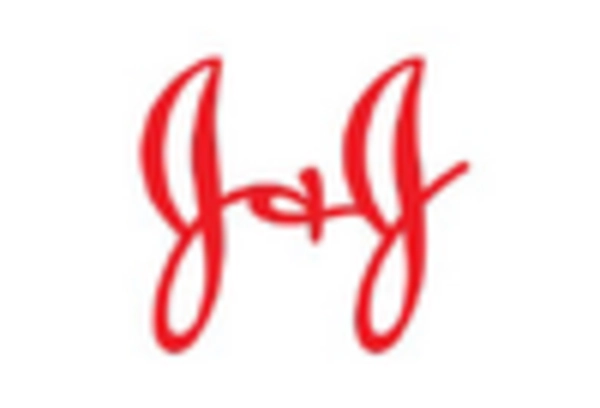

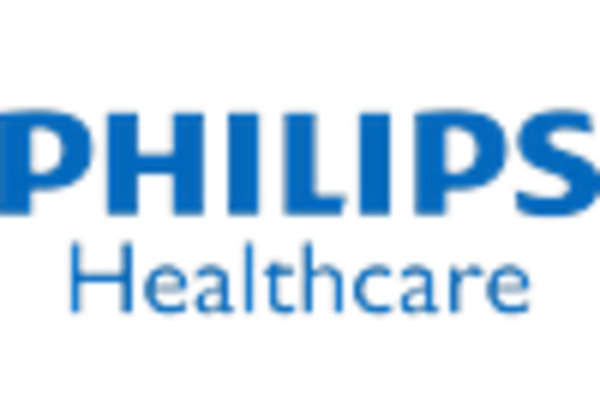
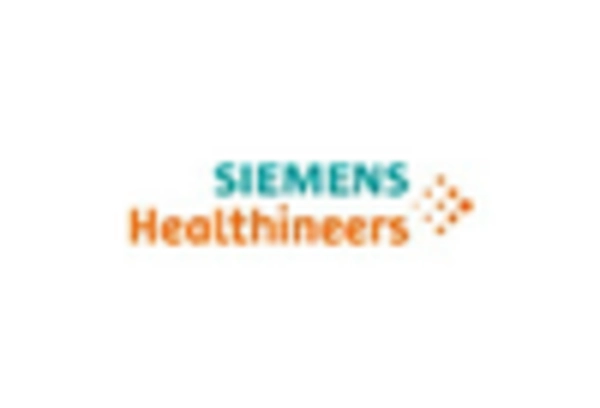








Leave a Comment